
Non-Biting Midges Emerging
Chironomid midges (“fuzzy bills”) are emerging in large numbers from ponds, lakes as well as the rivers feeding into …


El inglés es el idioma de control de esta página. En la medida en que haya algún conflicto entre la traducción al inglés y la traducción, el inglés prevalece.
Al hacer clic en el enlace de traducción se activa un servicio de traducción gratuito para convertir la página al español. Al igual que con cualquier traducción por Internet, la conversión no es sensible al contexto y puede que no traduzca el texto en su significado original. NC State Extension no garantiza la exactitud del texto traducido. Por favor, tenga en cuenta que algunas aplicaciones y/o servicios pueden no funcionar como se espera cuando se traducen.
Inglês é o idioma de controle desta página. Na medida que haja algum conflito entre o texto original em Inglês e a tradução, o Inglês prevalece.
Ao clicar no link de tradução, um serviço gratuito de tradução será ativado para converter a página para o Português. Como em qualquer tradução pela internet, a conversão não é sensivel ao contexto e pode não ocorrer a tradução para o significado orginal. O serviço de Extensão da Carolina do Norte (NC State Extension) não garante a exatidão do texto traduzido. Por favor, observe que algumas funções ou serviços podem não funcionar como esperado após a tradução.
English is the controlling language of this page. To the extent there is any conflict between the English text and the translation, English controls.
Clicking on the translation link activates a free translation service to convert the page to Spanish. As with any Internet translation, the conversion is not context-sensitive and may not translate the text to its original meaning. NC State Extension does not guarantee the accuracy of the translated text. Please note that some applications and/or services may not function as expected when translated.
Collapse ▲
Chironomid midges (“fuzzy bills”) are emerging in large numbers from ponds, lakes as well as the rivers feeding into …
5/29/2019 – Written by Lee Davis, Registration Manager, Pesticides Section, N.C. Department of Agriculture & Consumer Services As you probably know, …

As mentioned in the 2019 North Carolina Cotton Information guide, “the key to successful cotton production in North Carolina …
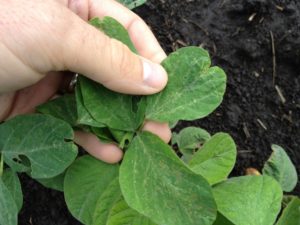
By: Dominic Reisig and Wes Everman We handle situations every year regarding early-season leaf injury and damage. This year, the …
One has to assume that most fields with Palmer amaranth have ALS resistance (Cadre/Impose, Strongarm, and Pursuit). Cadre/Impose will …
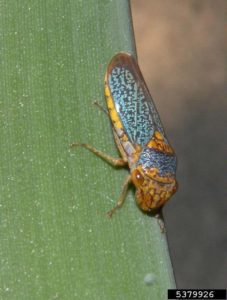
As we approach the 3rd week of May, the plants continue to fill in, and some fields have started …
One more way to receive information is through the Pest Patrol. The Pest Patrol is a phone hotline that …
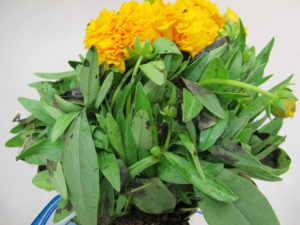
The downy mildew pathogen Plasmopara halstedii was found causing leaf spotting and leaf death on a sample of coreopsis …
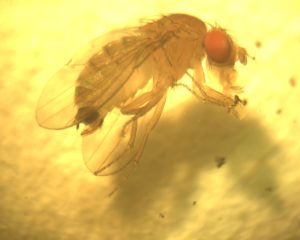
The first confirmed adult spotted-wing drosophila (SWD) in commercially grown blueberries for the 2019 growing season was captured early …

Kristen Hampshire | 5/15/2019 | Greenhouse Grower Labor is a pain—and the pool of potential agricultural workers is thinning faster …
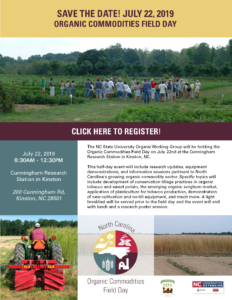
It’s that time of year! See below for information on the 2019 Organic Commodities Field Day. When: July 22, 2019, …

Article by Dominic Reisig and Angela Post Like 2018, true armyworm has been spotted in northeastern North Carolina wheat over …

We have establishing grape pest monitoring locations and completed our first weeks of pest counts at three of our …

This spring, the Specialty Crop IPM Lab is scouting vineyards in throughout North Carolina in order to track the …

Cottony Maple Leaf Scale is one of several cottony scales in the genus Pulvinaria. Cottony camellia scale and cottony maple scale are …
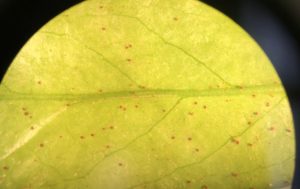
In North Carolina, the most important cool season mites are the spruce spider mite (Oligonychus ununguis) and southern red …